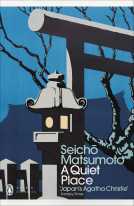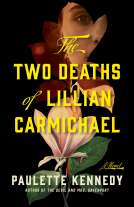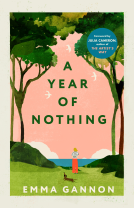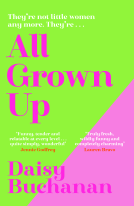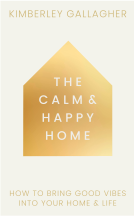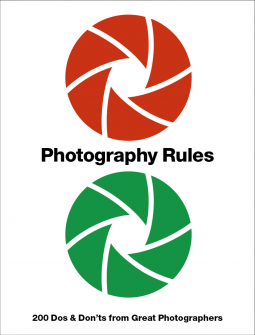
Photography Rules
Essential Dos and Don'ts from Great Photographers
by Paul Lowe
This title was previously available on NetGalley and is now archived.
Send NetGalley books directly to your Kindle or Kindle app
1
To read on a Kindle or Kindle app, please add kindle@netgalley.com as an approved email address to receive files in your Amazon account. Click here for step-by-step instructions.
2
Also find your Kindle email address within your Amazon account, and enter it here.
Pub Date 4 Aug 2020 | Archive Date 4 May 2020
Quarto Publishing Group - White Lion Publishing | Frances Lincoln
Talking about this book? Use #PhotographyRules #NetGalley. More hashtag tips!
Description
Over 150 essential mantras for anyone interested in taking good pictures.
Get close, take bad pictures, blur is your friend, use natural light, don't delete, be selective, stare – every photographer works by their own rules. These rules can be practical (know your lenses) or inspirational (break through barriers), but, as we all, know rules are also made for breaking. Providing insider tips inspired by the greatest photographers from history and original pieces of advice from some of the most well-respected living professionals, Paul Lowe (expert photographer and lecturer) presents over 150 bite-sized dos and don'ts from the likes of Dorothea Lange, Don McCullin, Martin Parr, Rankin and Richard Avedon. Covering all aspects of photography – from making photographs, to being a photographer and professional practice – this book combines inspiration with practical tips you can experiment with.
Available Editions
| EDITION | Other Format |
| ISBN | 9780711242586 |
| PRICE | US$24.99 (USD) |
| PAGES | 240 |
Average rating from 25 members
Readers who liked this book also liked:
Kimberley Gallagher
Health, Mind & Body, Home & Garden, Religion & Spirituality




